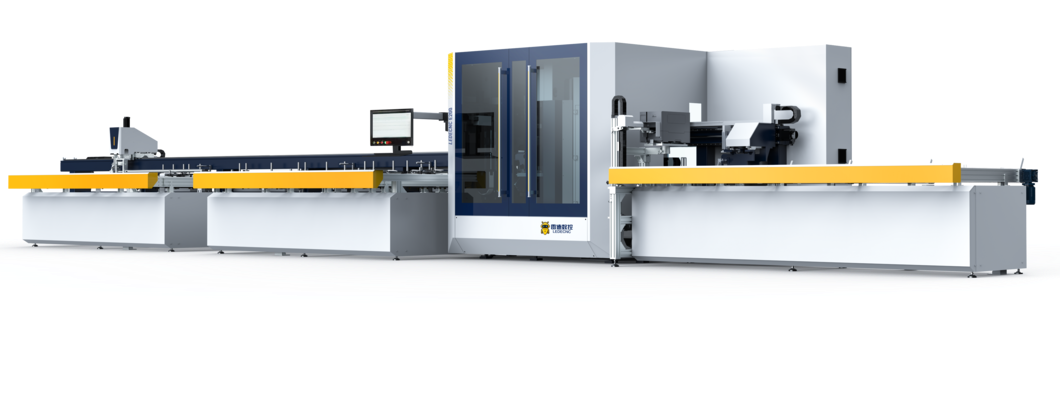_1754033477_WNo_1600d900.webp)
5‑axis CNC machining extends traditional 3‑axis systems by adding two rotational axes—A and B—allowing tools or workpieces to tilt and spin. This enables complex shapes to be machined in a single setup, dramatically improving efficiency and part accuracy. Unlike 3‑axis or 3+2 setups, a true 5‑axis machine can move simultaneously across five axes to virtually access all surfaces of a part in one go.
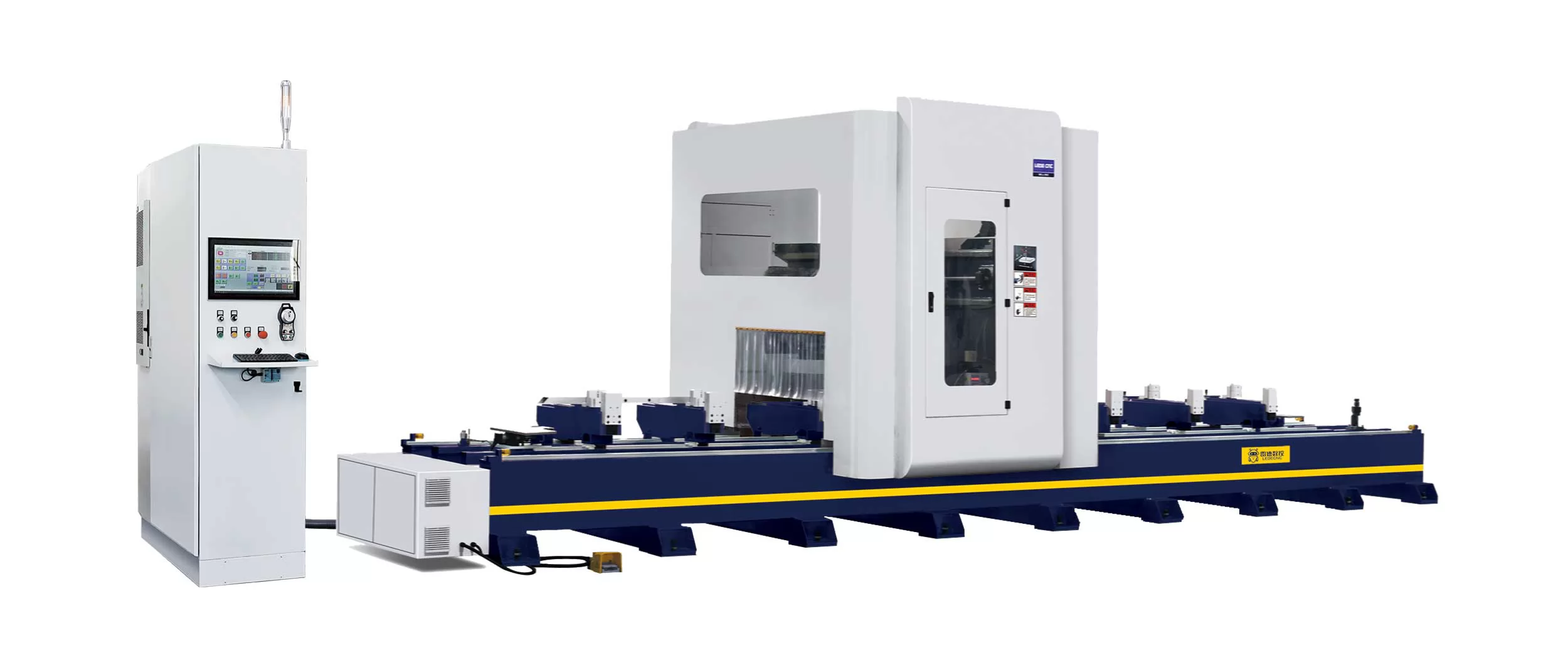
Aluminium’s excellent machinability, corrosion resistance, and strength-to-weight ratio make it ideal for 5‑axis machining. Complex geometries, high-quality surface finishes, and minimized waste are easily achieved in a single setup. Recyclability further enhances sustainability in production.
LEADCNC provides precision aluminium CNC machines with high-RPM spindles, advanced CAM software, and AI-generated G-code that automates toolpath generation. Their platforms integrate Industry 4.0 automation, real-time monitoring, and scalable production solutions.
5‑axis CNC reduces labor and setup time, minimizes waste, and offers faster turnaround. The initial investment yields significant cost savings over time, especially in high-mix or high-precision aluminium production.
5‑Axis CNC machining is revolutionizing aluminium manufacturing by offering precision, speed, and the ability to produce intricate components in fewer setups. With LEADCNC's intelligent tools and future-focused systems, industries are transforming how aluminium parts are designed and produced. The future promises even greater integration of AI, automation, and sustainability into the 5‑axis machining process.
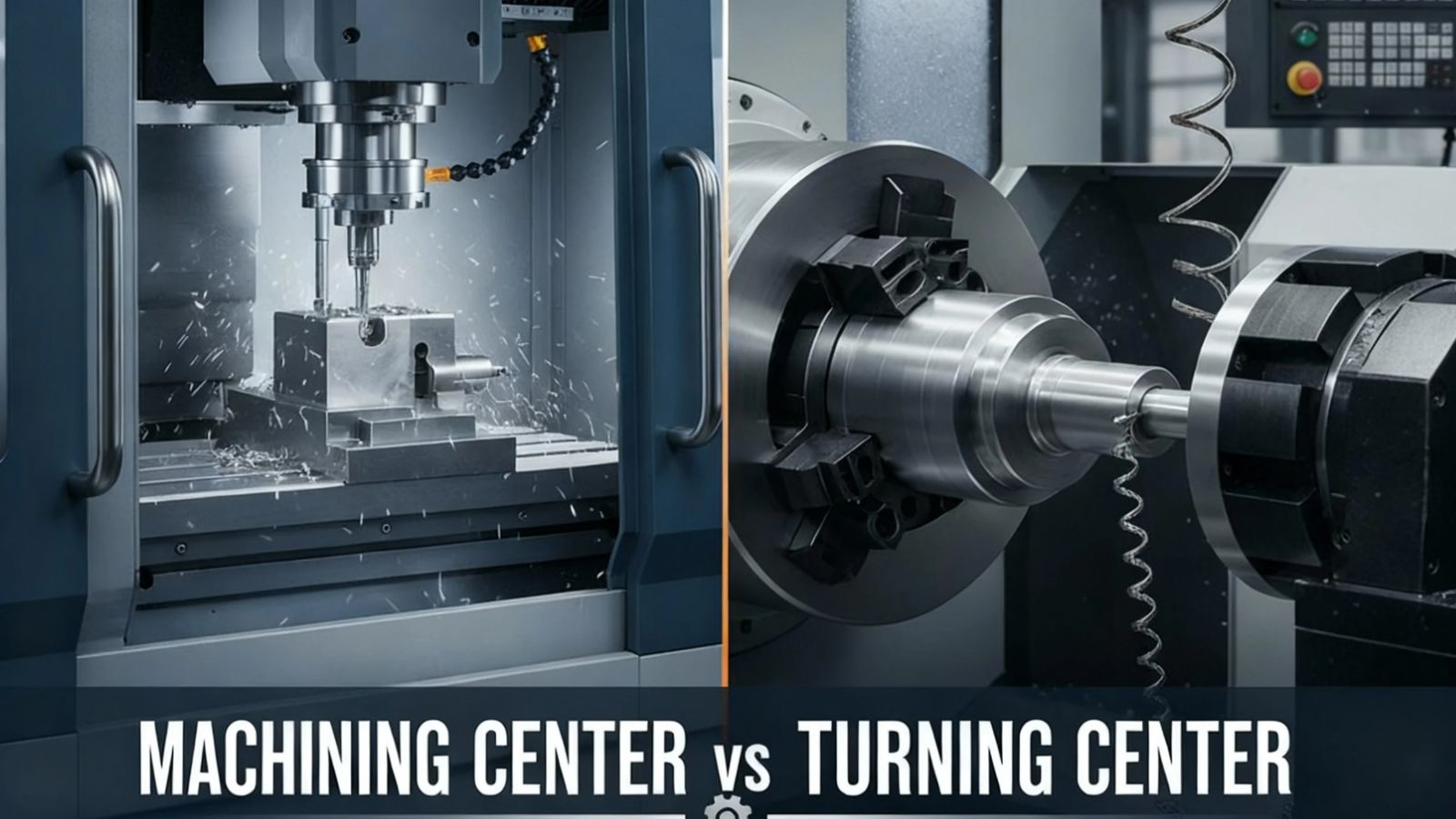

Understand the key differences between machining centers and turning centers. A guide for engineers and procurement on operational capabilities, precision, and selection criteria for CNC equipment.
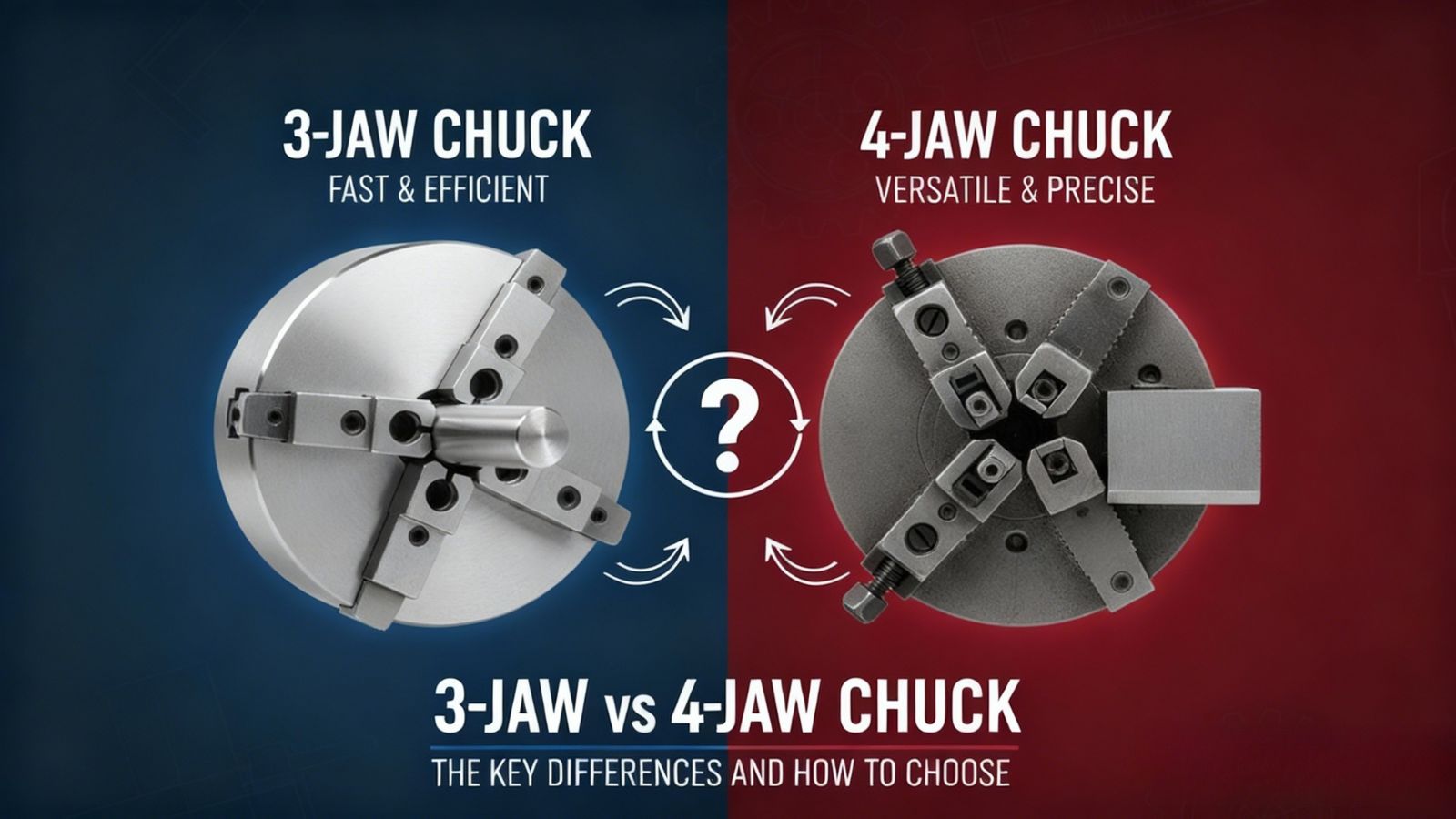

Compare 3-jaw vs 4-jaw chucks for turning operations. Learn the differences in self-centering, precision (runout), setup time, and how to choose the optimal chuck for high-volume or irregular workpieces.
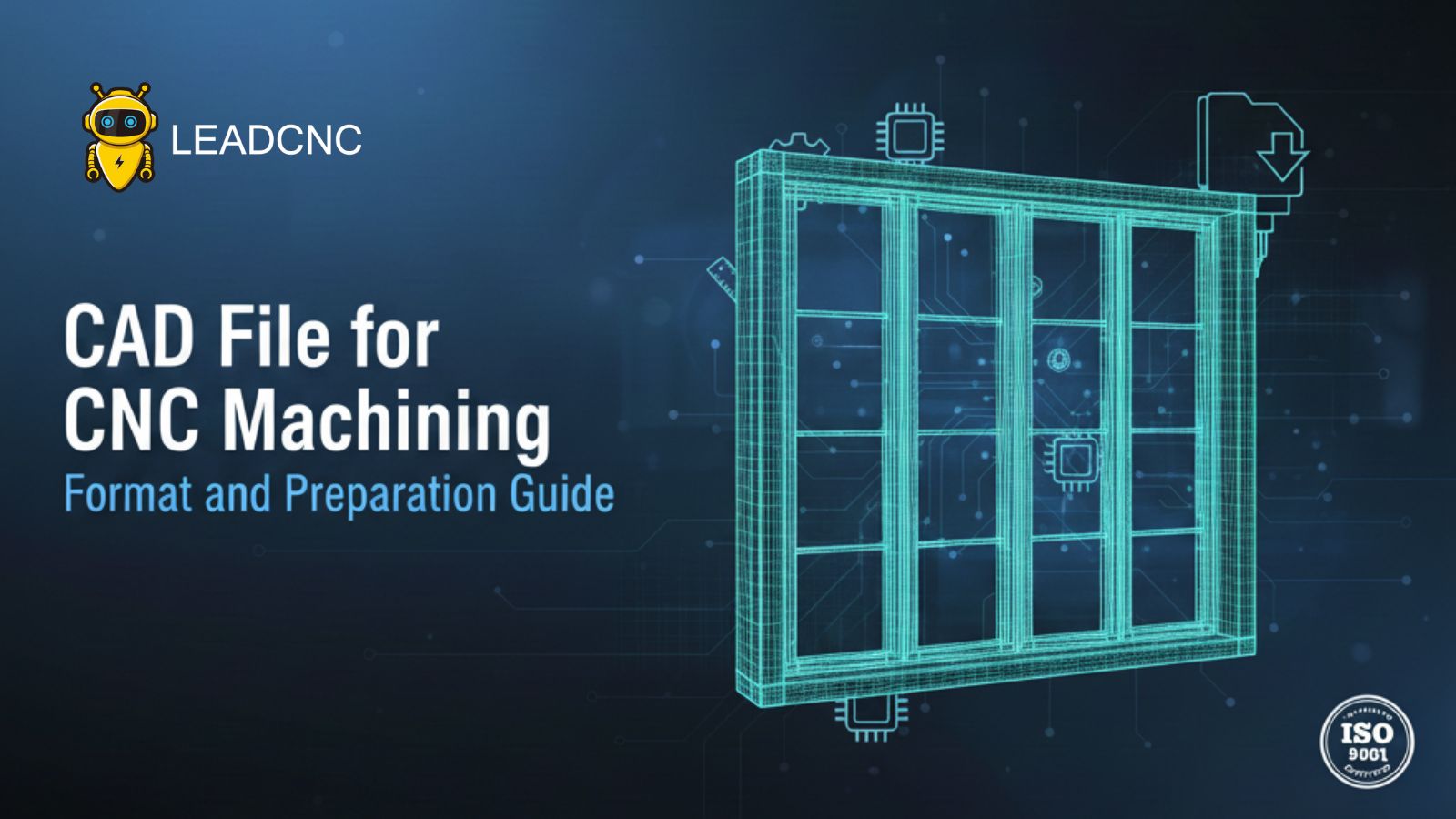

A definitive guide for engineers and procurement on preparing CAD files for CNC. Learn about essential formats (STEP, IGES), DFM practices, and geometric cleanup for precision machining.
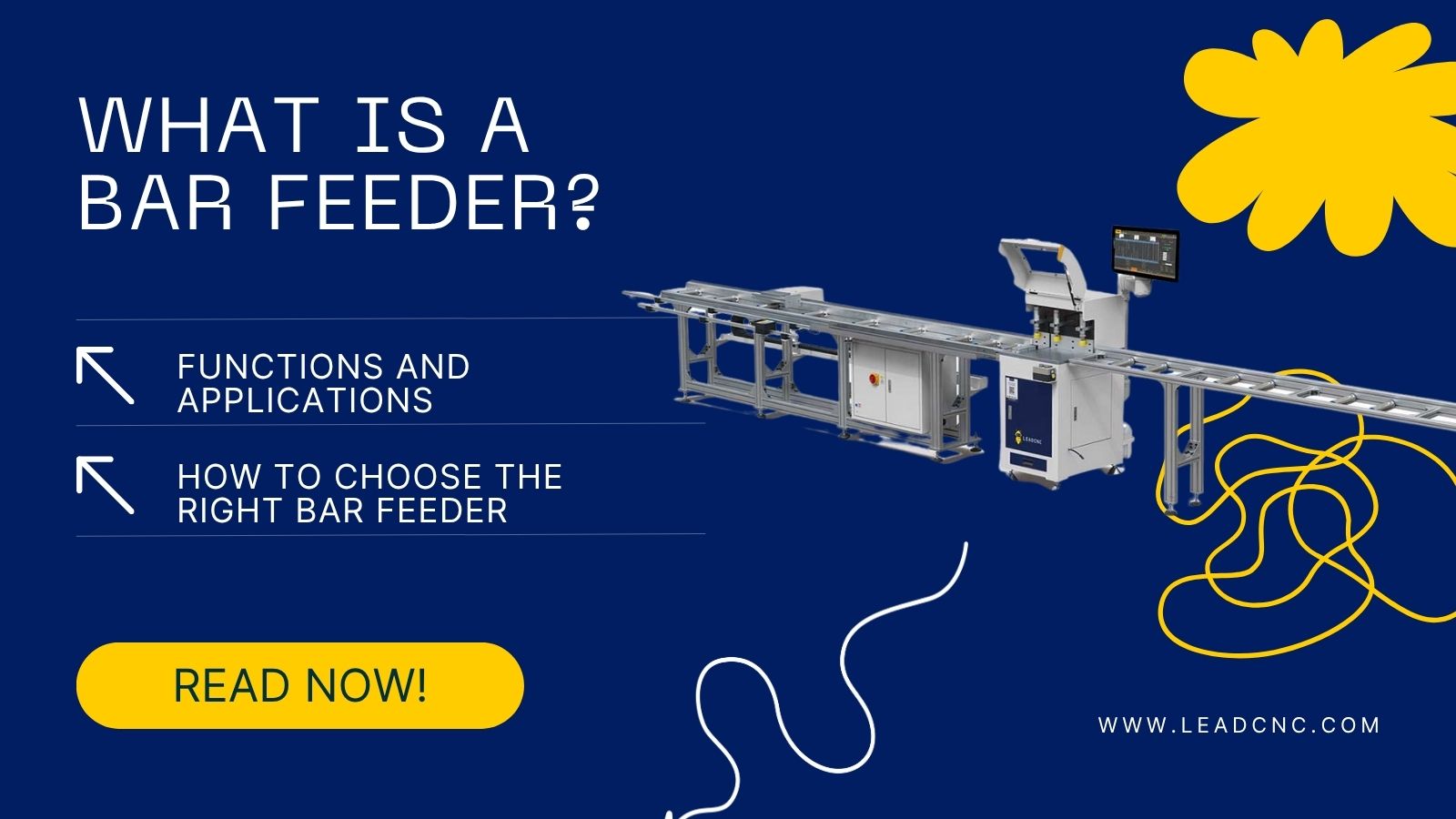

Learn what a bar feeder is, how it works, its key components, types, and industrial applications. Discover how LEADCNC bar feeders improve CNC automation efficiency.


